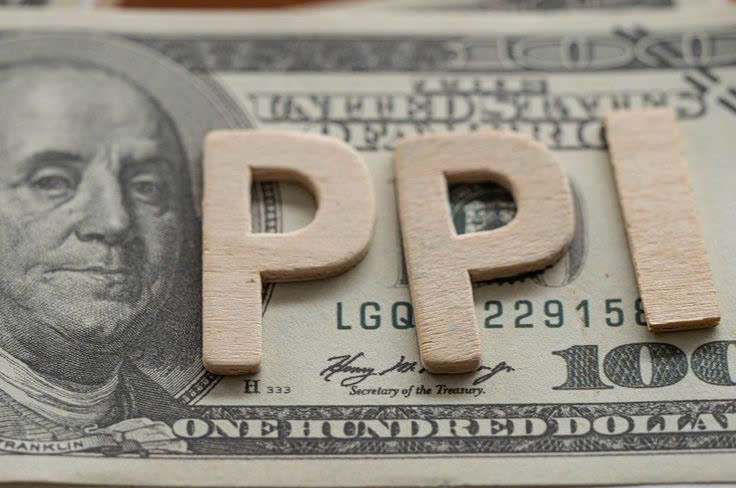FxGlobalHub: Silver Futures Plunge 4% in New York: What's Driving the Price?
Updated: 2025/04/04 20:20:15
Silver futures in New York tumbled 4.00% to $30.69 per ounce. Explore the factors influencing silver prices, including market sentiment, economic indicators, and potential impact on precious metal investments. Understand silver futures and their role in the global market.
Silver Futures Tumble in New York
Silver futures experienced a significant decline of 4.00% in New York trading today, settling at $30.69 per ounce. This downturn reflects a combination of factors, including shifting market sentiment, adjustments in economic outlooks, and potentially profit-taking activities among investors. Understanding the drivers behind this price movement is crucial for investors and market observers alike.
Impact of Market Sentiment
Market sentiment plays a crucial role in influencing the price of silver. Factors such as risk aversion, driven by geopolitical instability or economic uncertainty, can lead investors to seek safe-haven assets like silver, thus driving up demand and prices. Conversely, improved economic forecasts and increased risk appetite may reduce demand for silver, leading to price declines, as observed today. News events, economic data releases, and geopolitical developments can all contribute to shifts in market sentiment, impacting silver prices in the short term.
Economic Indicators and Silver Prices
Economic indicators, such as inflation rates, interest rate decisions, and manufacturing data, can significantly influence silver prices. For example, rising inflation rates may lead investors to buy silver as a hedge against inflation, increasing demand and prices. Conversely, higher interest rates may make other investments more attractive, reducing demand for silver and leading to price declines. Analyzing these indicators provides valuable insights into the potential trajectory of silver prices.
Comparison to Previous Year
To gain a broader perspective, it's essential to compare the current price movement of silver with the same period last year. This analysis can reveal whether the current decline is part of a longer-term trend or a temporary correction. Examining historical data on silver prices, production levels, and demand patterns can offer valuable context for understanding the current market dynamics. Furthermore, assessing the performance of other precious metals and commodities during the same period can provide additional insights into the overall market environment.
Impact on National Currency
While silver's primary market is global, price fluctuations can have indirect effects on national currencies, particularly for countries that are significant producers or consumers of silver. For example, a decline in silver prices could negatively impact the export revenues of silver-producing countries, potentially weakening their currency. Conversely, a rise in silver prices could boost export revenues and strengthen the currency. The extent of this impact depends on the size of the silver industry relative to the overall economy of the country. Additionally, changes in silver prices can affect the overall trade balance and foreign exchange reserves of a nation.
Understanding Silver Futures
Silver futures are standardized contracts that obligate the buyer to purchase or the seller to deliver a specified quantity of silver at a predetermined price and date in the future. These contracts are traded on exchanges such as the COMEX in New York. Silver futures are used by investors and businesses to hedge against price fluctuations or to speculate on the future direction of silver prices. The price of silver futures is influenced by a variety of factors, including supply and demand, economic indicators, and market sentiment. Trading in silver futures can be highly leveraged, meaning that small price movements can result in significant gains or losses.
Key Financial Terms
Several key financial terms are essential for understanding silver market dynamics:
- Futures Contract: An agreement to buy or sell an asset at a future date and price.
- Spot Price: The current market price for immediate delivery of an asset.
- Hedge: A strategy to reduce the risk of price fluctuations by taking offsetting positions.
- Leverage: The use of borrowed capital to increase the potential return on an investment.
- Inflation: A general increase in the prices of goods and services in an economy.
Conclusion
The 4.00% decline in silver futures in New York highlights the complex interplay of factors that influence precious metal prices. Market sentiment, economic indicators, and global events all contribute to these fluctuations. By understanding these dynamics, investors and market participants can make more informed decisions and navigate the silver market effectively. Monitoring these factors closely will be key to understanding future price trends and their potential impact.
Fed's Collins: Expect Rates to Stay Higher for Longer.
2025/04/11 20:17:53

Silver Spot Price Jumps 1.00% to $31.52 an Ounce Today
2025/04/11 19:49:53

US PPI (y/y): Actual 2.7% - Market Impact Analysis
2025/04/11 19:30:45
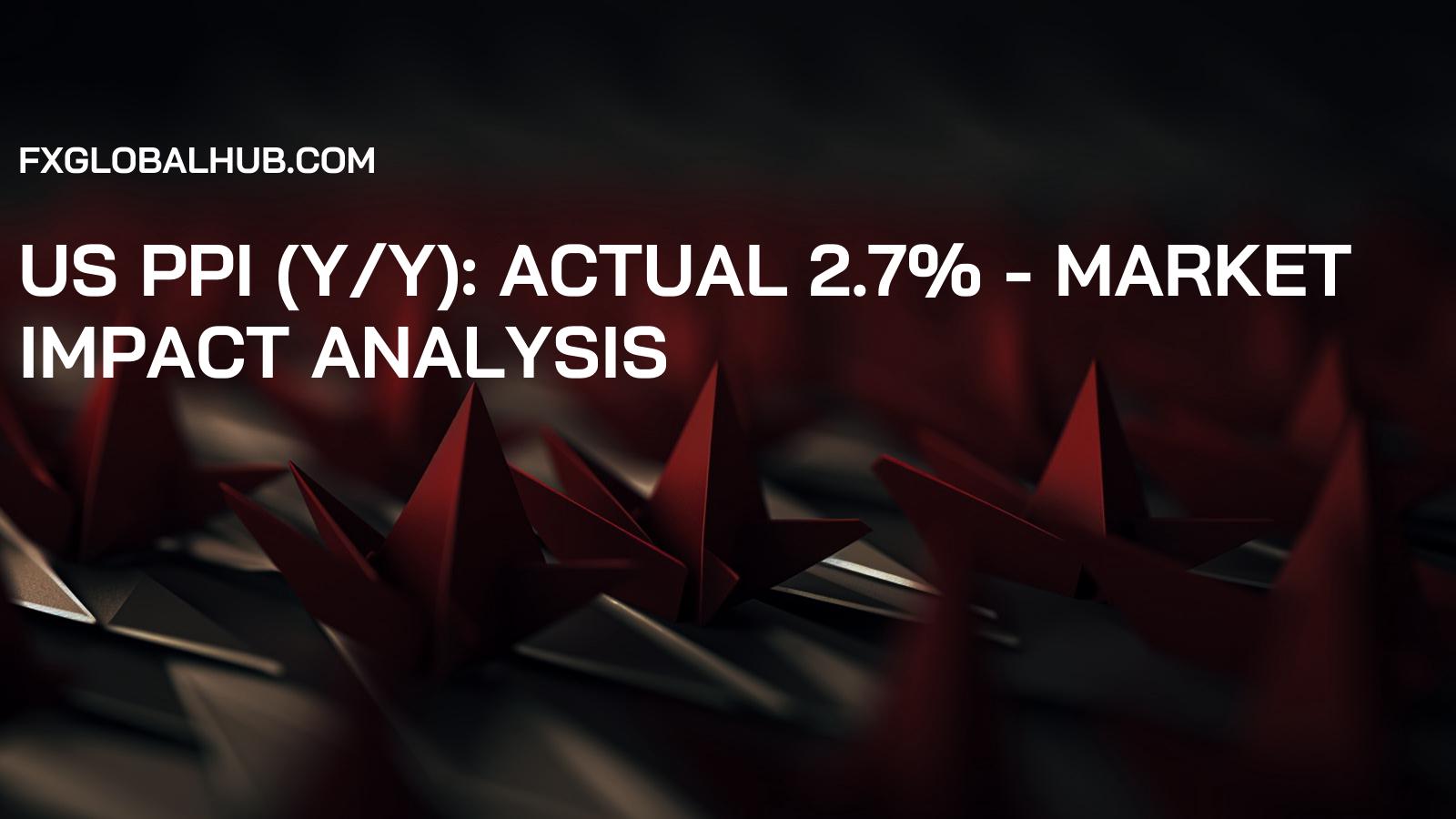
Thai Finance Minister Hopes for Trade Talks with US Officials Soon
2025/04/11 19:12:21

US Energy Secretary Wright: US to Keep Increasing Oil Production Under Trump
2025/04/11 18:23:15
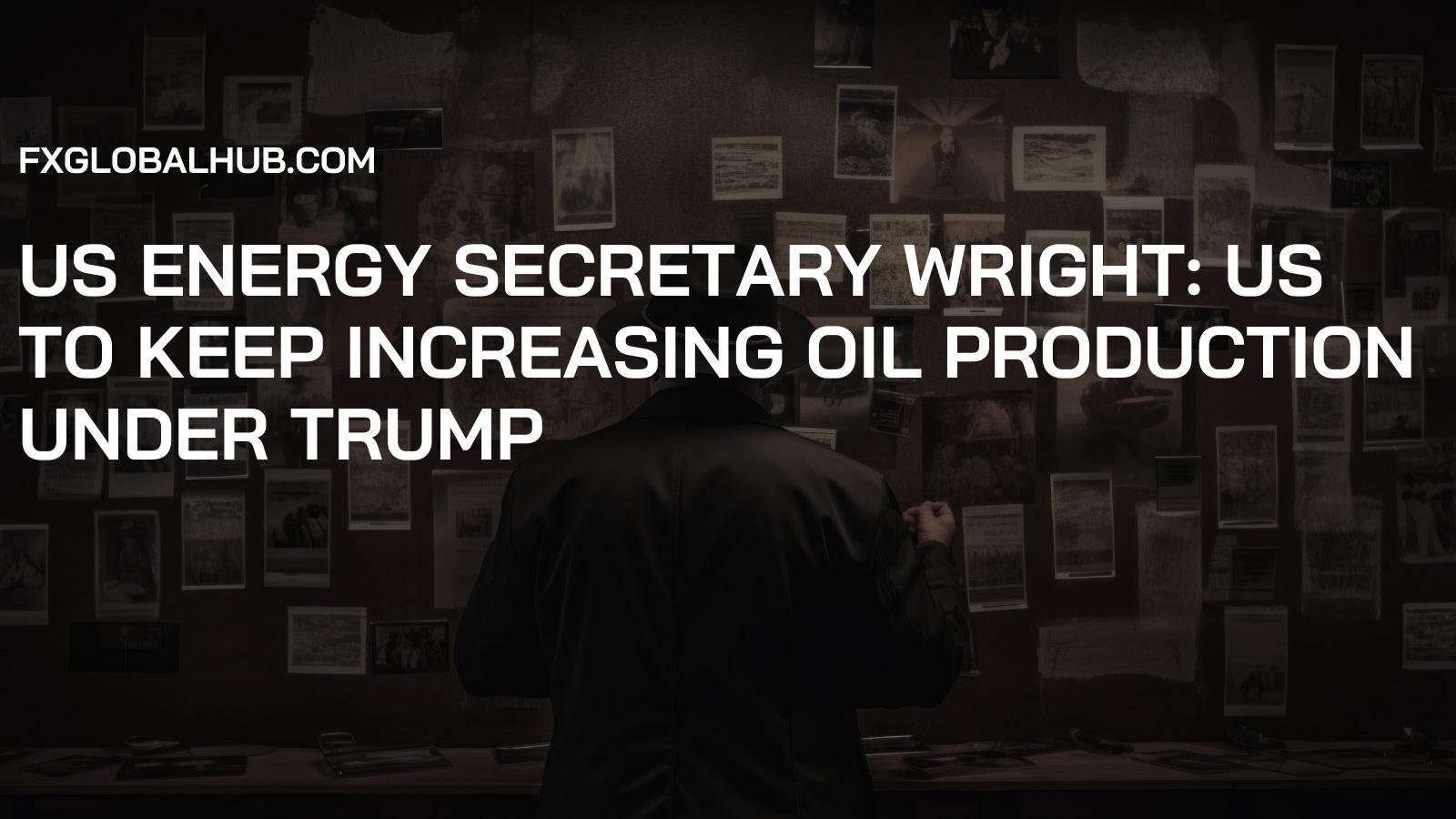
US Energy Secretary: Maximum Pressure on Iran Oil Exports
2025/04/11 18:17:21
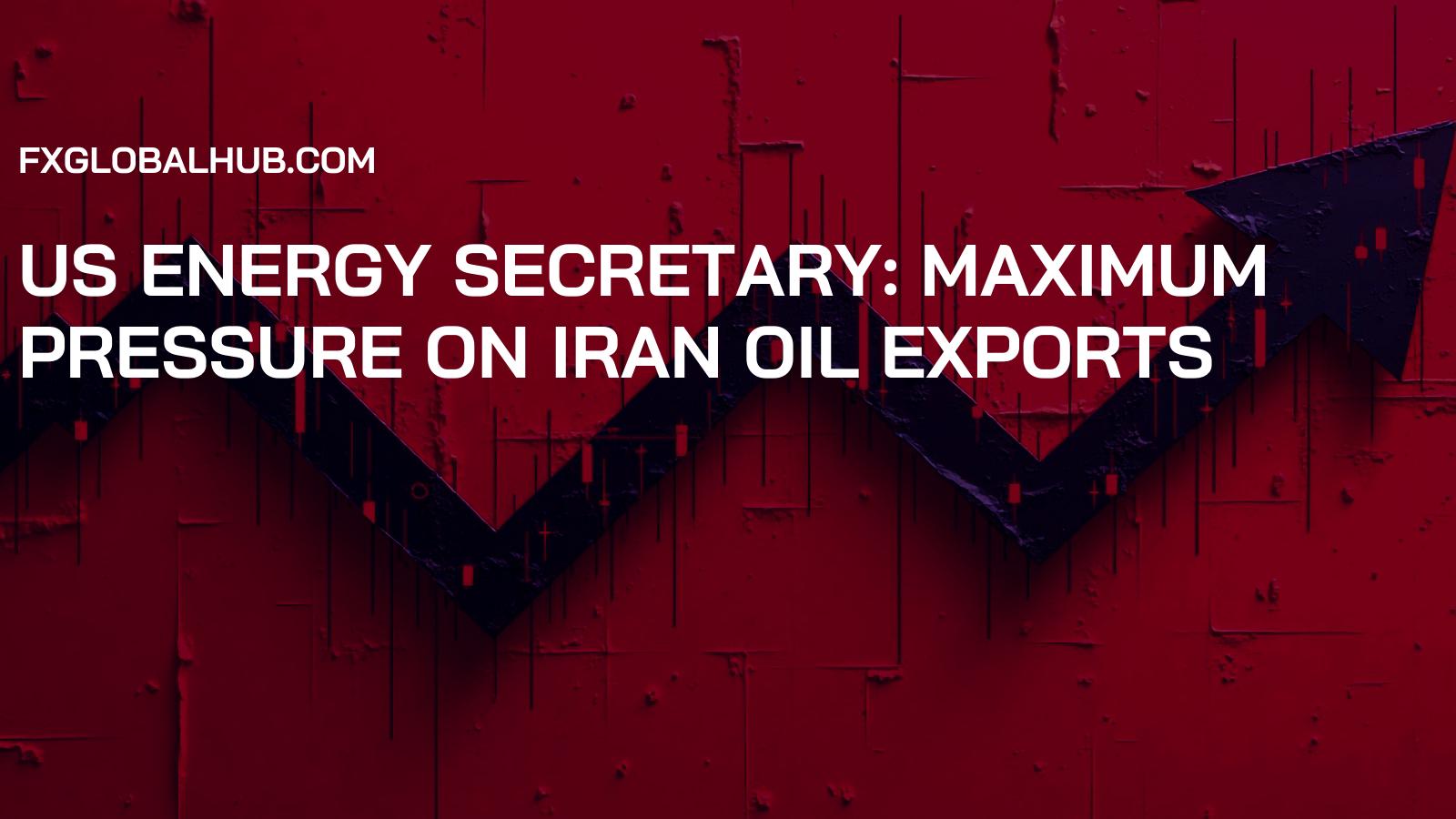
Gold Futures Soar to $3,250 in New York: Up 2.28%
2025/04/11 17:14:57
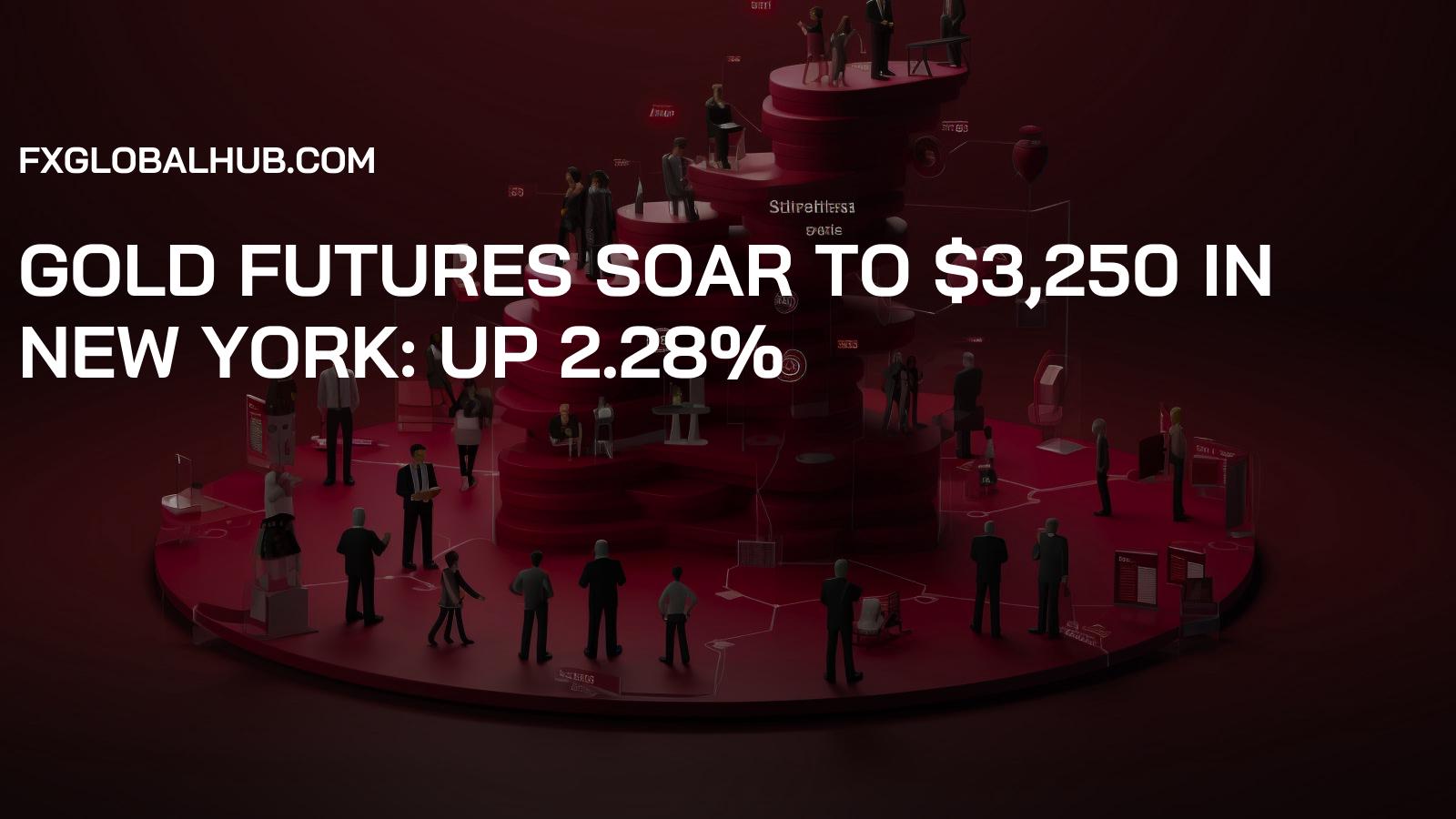
Scenarios and News analysis of XAUUSD: PPI, Inflation expectations & Gold rally on China’s tariff response
2025/04/11 17:06:50
